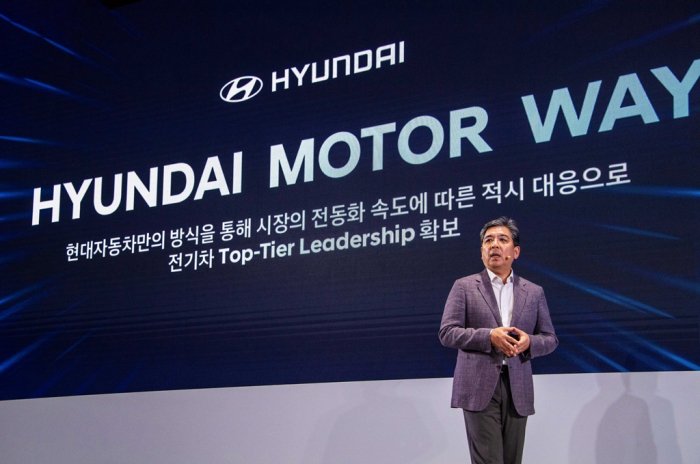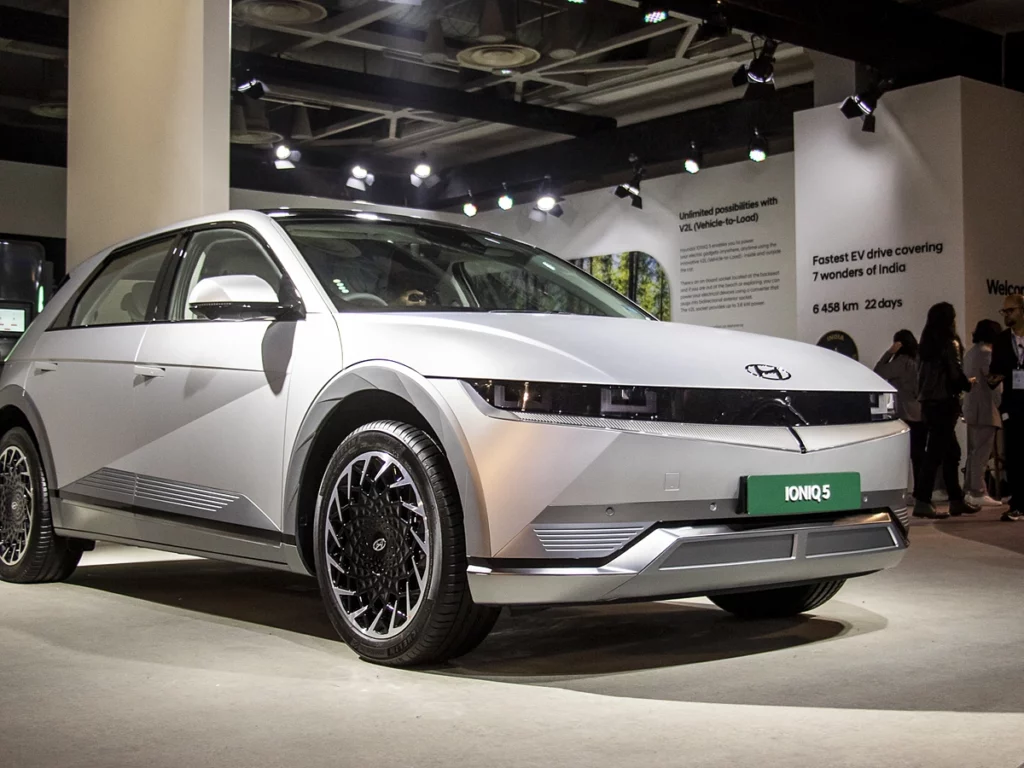As part of a plan to increase sales of electric vehicles (EVs), Hyundai Motor will increase its average annual investment in electrification by about two-thirds, spending $28 billion over the next ten years. It will also further restructure its troubled China division.
Together with its affiliate Kia (000270.KS), the South Korean manufacturer, which ranks No. 3 globally in terms of auto sales, announced on Tuesday that it had increased its EV sales target from 1.87 million to 2 million units by 2030.
Hyundai Motor will invest $85 billion by 2032: What does it mean?
It would increase from the 8% anticipated this year to around one-third of its overall vehicle sales. According to a statement from Hyundai Motor, the company is upping its 2030 sales target since global EV demand is outpacing market projections.
As more nations introduce incentives for locally produced vehicles, Hyundai Motor (005380.KS) wants to increase local manufacturing of EVs in its three core markets—the United States, Europe, and South Korea—to reach the goal.
By 2030, EV production in the United States, its largest market, will account for 75 percent of all vehicles produced there, up from just 0.7% today. Tesla (TSLA.O) is promoting a charging standard in North America, and Hyundai Motor CEO Jaehoon Chang said the carmaker will think about making its vehicles more easily compatible with that standard.

Hyundai Motor said it would further restructure its ailing China division to focus on profitability while raising EV sales objectives in its major regions. Chang said to investors that while China, the largest automobile market in the world, had been tremendously profitable up until 2016, it was now the biggest risk since the manufacturer had lost market share to domestic rivals.
In addition to the two plants it closed last year and is to close this year, Hyundai sold one factory in China in 2021 and intends to sell two more. The remaining two plants will undergo additional rationalization and be utilized to export goods to developing nations.
Additionally, it will focus on luxury and SUV vehicles, notably the Genesis luxury brand, by reducing its product lineup in China from 13 to eight. Hyundai aims to invest 9.5 trillion won ($7.4 billion) over the next ten years to increase its competitiveness in batteries and create next-generation batteries.

Around 2025, Hyundai announced it would launch competitive lithium-iron-phosphate (LFP) batteries, a less expensive option to lithium-ion batteries that have accelerated EV adoption in China. Toyota (7203.T), its larger rival, also declared last week that it would begin adopting LFP batteries.
By 2028 and beyond, Hyundai Motor wants to source more than 70% of batteries through joint ventures. Other initiatives include working with startups and specialised businesses as well as forming collaborative ventures with battery manufacturers to guarantee a steady supply.
“Joint research and capital investment in startups to speed up the development of future-oriented batteries is also under way,” the business claimed. In the EV market, Hyundai stated that it hoped to reach an operational profit margin of 10% or greater by 2030.
Hyundai expects to spend 109.4 trillion won until 2032, which includes the 28 billion USD investment in electrification.


